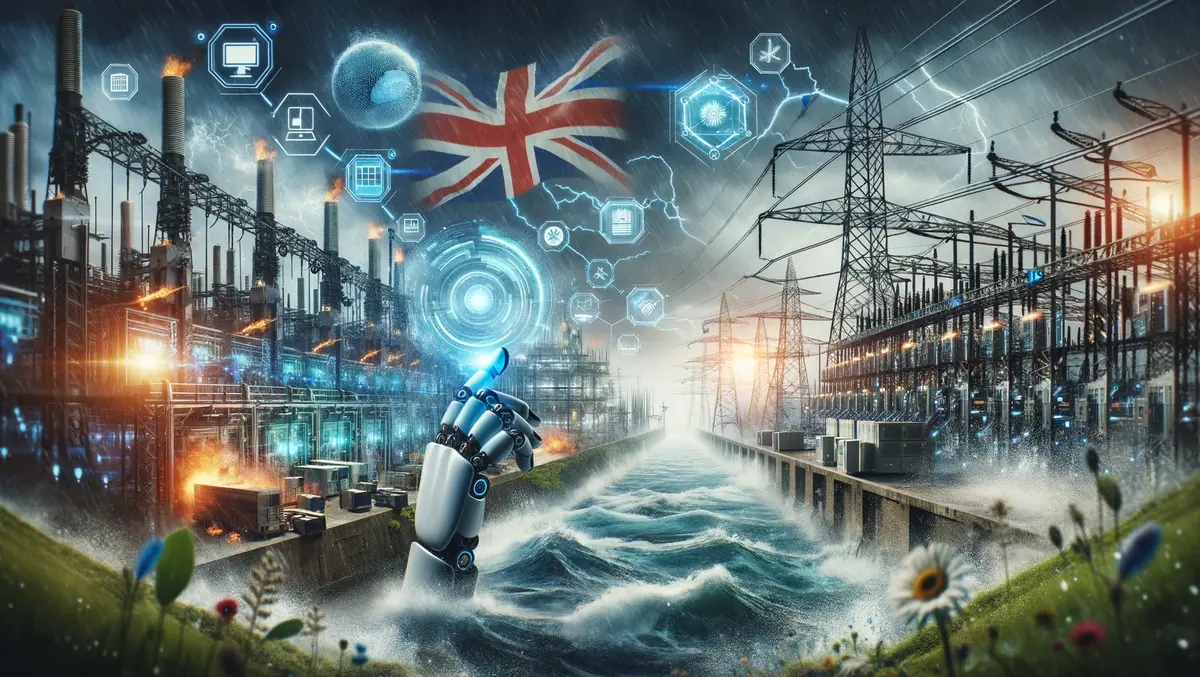
Can utilities keep the lights on in the face of extreme weather?
Extreme weather, climate-related events and environmental disasters are becoming increasingly frequent and costly for organisations, governments, and consumers. When the lights go out due to severe storms, flooding, wildfires or worse, it's the energy networks that are often most at risk, impacting millions of people and costing billions.
In the US, the Department of Energy estimates that extreme weather events cost businesses around $150 billion per year, with power outages a significant part of these costs, shutting down businesses and even entire parts of the country for days at a time. More extreme temperatures are also pushing the power grid to its maximum. Last year's 4 July weekend apparently saw some of the hottest days on record in the US, while parts of southern Europe and north Africa were hit by record-breaking April temperatures, made worse by droughts and wildfires.
Here in the UK, we're seeing similar patterns. Utility Week's 2023 UK utilities risk report, published in association with Marsh highlights the growing concerns of water and energy companies, with the risk of extreme and unpredictable weather surpassing cybersecurity threats for the first time. This follows a period of record-breaking storms, flooding and heatwaves pushing infrastructure and network resilience to the brink.
We can no longer ignore the fact that we live in a world of changing climate and weather extremes that are having an impact and that, in many cases, grid infrastructure is no longer fit for purpose due to outdated technology and under-investment in communications networks.
Knowing the location of power outages is crucial for emergency maintenance teams to quickly identify problems so power can be restored or redirected to help minimise disruption in service delivery. Vital communications and information can be lost if a storm or flood damages the network infrastructure in LTE and cellular networks, while wired technology simply breaks when disaster strikes.
Outage management is a viable use case for wireless mesh networking technology, enabling utilities to work out where problems are with a greater degree of accuracy and granularity. This then enables them to reroute power if a tree has fallen on a cable, for example, by disconnecting that part of the network and then reconnecting the power through a different circuit.
Enhancing network resilience
Our recent survey of US utility and power companies published in February highlights some interesting trends. It's clear the sector is now looking to smart initiatives to help improve outage recovery times through advanced networking, including predictive maintenance analytics, smart grid technologies, and enhanced communications, as well as the use of drones and robotics to inspect assets.
Utilities are looking to enhance their network resilience in the face of extreme weather and climate-related disasters with new tools and technologies like advanced weather prediction, renewable energy integration, grid modernisation and microgrids, together with disaster response and recovery plans.
Despite being relatively risk-averse, the utility and energy industry is also looking more closely at integrating artificial intelligence (AI) technologies as part of the network infrastructure. In our research, respondents highlighted applications such as energy consumption forecasting, automated fault detection and grid optimisation.
Utilities can get a different level of granularity and detail from the data they collect, able to analyse huge quantities of information into more meaningful insights about customer usage patterns, identify waste and detect issues before they become a serious problem. All of this can help enhance operational efficiency, optimise service delivery, and deliver cost savings at a time when utilities are faced with rising costs.
As an industry body, we have utilities and energy providers as members and can see the challenges and risks they face first-hand, while our wireless mesh technology is enabling smart utility networks and delivering resilient, reliable and secure connectivity.